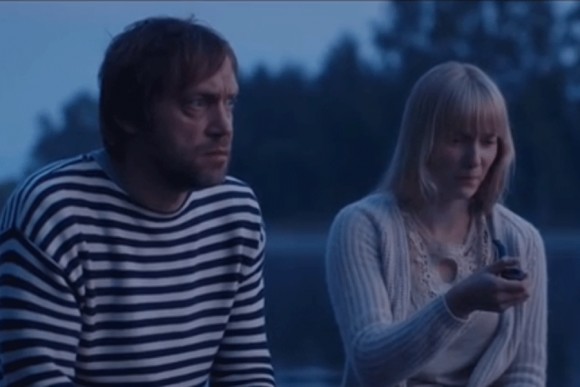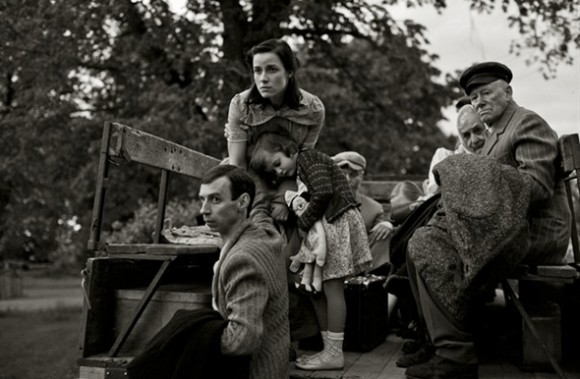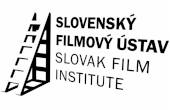PRODUCTION
Funding
The budget of the Estonian Film Institute was slightly higher than in 2013, reaching a total of 5.3m EUR. This included 700,000 EUR of one-off funding in preparation of the country’s 100th jubilee in 2018. Overall, the level of public funding has remained largely level over the last three years.
 Premieres
Premieres
Five Estonian features premiered in 2014, including four debuts, showing that the next generation of film-makers is coming up through the ranks in force.
- In the Crosswind by Martti Helde Selected for Toronto International Film Festival.
- I Won’t Come Back (Ya ne vernus / Ma ei tule tagasi) by Ilmar Raag, a coproduction between Russia, Finland, Estonia (Amrion), Belarus and Kazakhstan
- Landscape with Many Moons (Maastik mitme kuuga) by Jaan Toomik (debut), Produced by Ivo Felt of Allfilm (Estonia) and co-produced by Kaarle Aho of Making Movies (Finland)
- Cherry Tobacco (Kirsitubakas) by Andres and Katrin Maimik (debut), Produced by Kuukulgur Film
- Zero.Point (Nullpunkt) by Mihkel Ulk (debut), produced by Allfilm
Production grants
Eight feature films received production or post-production grants in 2014 in the total of some of 1,274,000 EUR. Souptown Secret Society from Nafta Films and The Black Alpinist from Kopli Kinokompanii led the pack with 320,000 EUR and 280,000 EUR, respectively.
A total of 16 documentary projects received production funding between January-September 2014.
EXHIBITION AND DISTRIBUTION
2014 was a great year for the expanding exhibition business. Three new midiplex cinemas opened with a total of nine screens, including the Nordic-Baltic area’s second IMAX cinema in Tallinn. Decisions were laid down to open the capital city of Tallinn’s third multiplex in 2015. Seven regional cinemas received funding to be equipped with digital projectors, taking the total tally of digital screens in the country to 36.
FILM INSTITUTIONS
Black Nights Film Festival (PÖFF) was finally accepted into the exclusive club of 15 A-category festivals in the world certified by FIAPF. The total number of festival visitor numbers reached a near record 77,000.
Tartu, the country’s second largest city with 100,000 inhabitants, decided to set up its own film fund to stimulate the local economy and promote the city’s image. It is the second regional fund in Estonia after the Viru Film Fund which is boosting its budget by about 30% in 2015.
Preparations began towards building a new film studio, but its location, funding and ownership are still unclear.
Large-scale planning started for the mass digitalisation of the entire audiovisual heritage of Estonia starting from 2015, with parallel work going on at the Estonian Film Database and rewriting the copyright law to allow easier access to it.
TELEVISION
There is still little or no funding for film production from the country’s broadcasters. The Estonian public broadcaster’s ETV and ETV2 channels focus on all around quality programming and are exclusively financed from the state budget, with a ban on advertising. TV3, owned by Modern Times Group and Kanal 2, owned by domestic Eesti Meedia Grupp run entertainment shows and do not invest in local product. A host of smaller specialty channels have almost no self-programming, or minuscule audience share. Increasingly, viewing is moving to online platforms that also offer film rental, internet connection, and other add-ons.
Sources: Estonian Film Institute, Baltic Films Fact Sheet, Estonian Film Commission, Estonian Film Database, FilmNewEurope




















